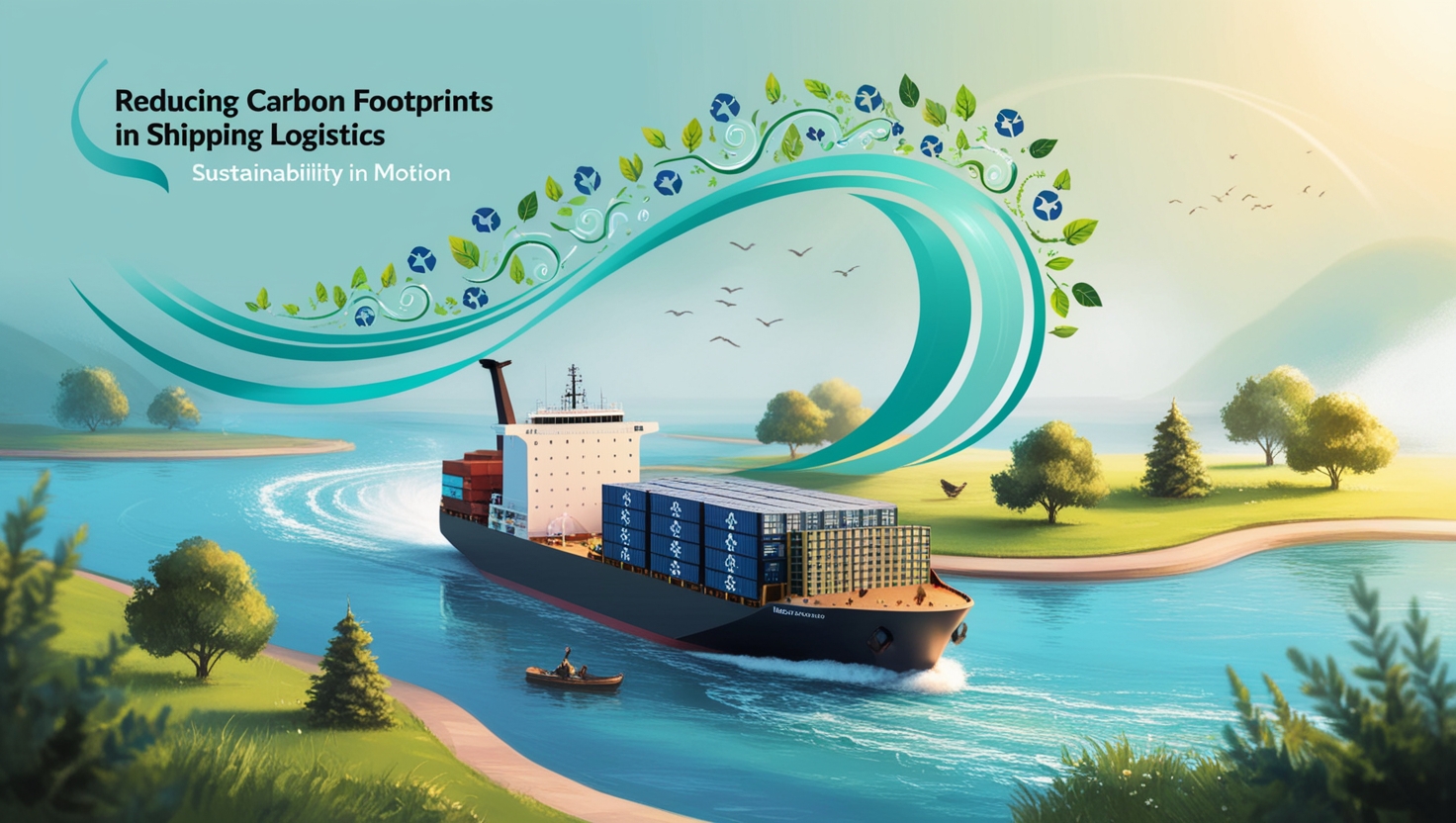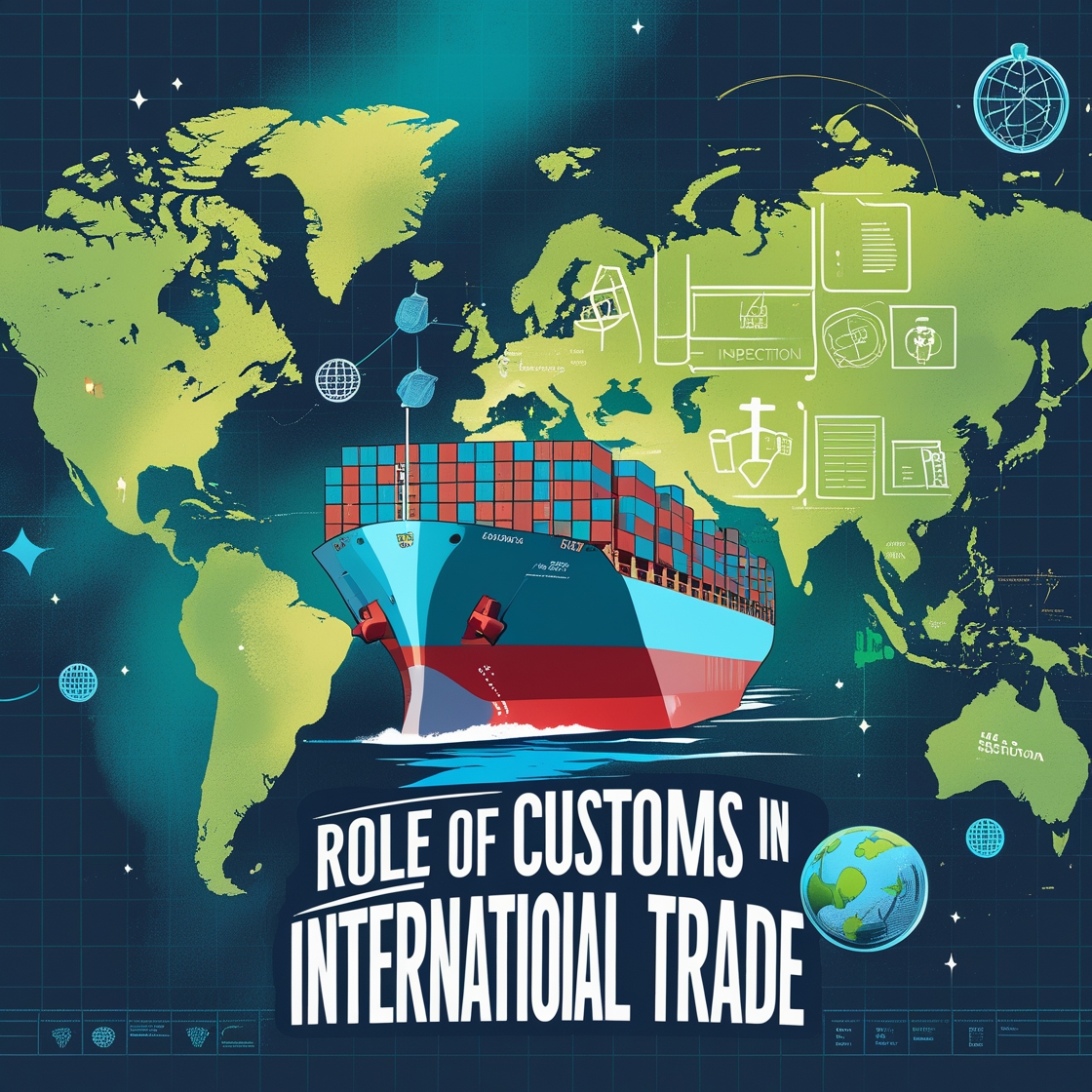Keeping up with the ever-increasing scale of global trade, the shipping logistics industry has evolved. This industry has become the lifeblood of the global economy. Modern shipping logistics have connected producers with consumers directly. This has made doing business much easier. More and more countries are connecting with each other taking advantage of the global shipping routes. As trade volume increases, so Carbon footprint in shipping logistics showed. This ultimately has effects on the environment.
The International Maritime Organization has reported that global shipping is responsible for 2% of total global greenhouse gas emissions. To save our planet a lot of initiatives have been taken in recent times to reduce emissions in every sector. Here, we will discuss various sustainability initiatives and methods to reduce carbon footprints in shipping logistics.
Carbon footprint in shipping logistics
There are various stages in shipping logistics. Each step requires energy, and the result of the by-products is greenhouse gas emissions. Carriers that transport cargo are the most responsible for emissions. These carriers can be land, sea, or air-based.
In 2023, maritime shipping emitted nearly 706 million metric tons of CO₂, according to Statista. It is a huge amount of emission from just a single part of a large sector. This is even greater than the emission of an industrial giant such as Germany, which emitted nearly 656 million metric tons of CO₂ in 2024.
Air freights are even worse performers in emissions. Air freights emit 500 grams of CO₂ per metric ton kilometer. This number is very high compared to just around 10-40 grams in sea shipping.
The situation doesn’t get better on land. It gets even worse as there are lots of vehicles plying on roads and highways. Internal combustion engines of cars are the biggest contributors to global emissions. Trucking alone causes almost 25% of global CO₂ emissions. Without proper implementation of measures, emissions might increase by more than 50% by 2050.
Strategies for the Reduction of Carbon Footprints in Shipping Logistics
Fuel Alternatives
Fossil fuels are responsible for the emission of greenhouse gases. Green fuels will significantly lessen the burden on the environment. Some of the alternative fuels to currently used fuels are:
- Biofuels: These types of fuels can reduce emission rates by a large margin. Some biofuels are capable of reducing emissions by nearly 86% compared to traditional fossil fuels. One stark example of this is cellulosic ethanol, which is capable of achieving this high rate of reduction.
- Liquified Natural Gas: LNG produces nearly 23% less CO₂ than traditional marine fuels. Moreover, LNG produces fewer pollutant particles such as nitrogen oxide and sulfur-based particles.
- Hydrogen and Ammonia Fuel: Hydrogen doesn’t have any carbon footprint so it can achieve near zero greenhouse gas emission. Ammonia is a carbon-free fuel that can be produced from biomass, solar, and wind. Both can contribute highly towards a greener future.
Electrification
Using electric equipment rather than traditional fuel-powered equipment can reduce the carbon footprint in the shipping logistics industry.
- Electric Trucks: Traditional diesel combustion trucks emit a lot of greenhouse gases and pollutants. Electric trucks can greatly aid in alleviating this situation. Electric trucks produce nearly 63% less emissions compared to diesel trucks. The reduction can go as high as 84% if renewable sources are used for charging these trucks.
- Green Ports: The world is moving towards embracing electric equipment in heavy industries. Electric cranes, forklifts, and cargo handling equipment can greatly contribute towards the reduction of greenhouse gas emissions by reducing the usage of diesel. The port of Los Angeles has been able to reduce its diesel particulate matter by 84% and Sulfur oxides by 95% compared to the 2005 level. This was possible due to embracing electrification, which reduced the usage of diesel.
Optimizing Supply Chain
The global supply chain has become so complex with various networking converging. Sometimes, this can lead to redundant routes. By improving these clutters in the supply chain, the waste of fuels can be reduced.
- Route Optimization: Advanced AI can be used to analyze data to properly optimize routes. This will lead to more fuel efficient routes as well as reduce the time of transportation by nearly 20%. DHL has used AI for route optimization, and they were able to reduce emissions by almost 8%.
- Load Optimization: By utilizing the full capabilities of bulk carriers, more containers can be transported per trip. This will reduce trips and usage of fuel.
Green Technology
- Energy-Efficient Ships: Modern ships can take advantage of green fuels such as Hydrogen, solar panels, and biofuels. Moreover, new ship designs include wind-assisted propulsion, which can reduce fuel requirements by 20%. Systems such as rotor sails and wing sails can provide extra power to the ship without using fuel sources.
- Carbon Capture Technology: The new development in this field has made it possible to capture greenhouse gases to reduce the burden on the environment. Ships can adopt a modular version of this technology to reduce emissions.
Carbon footprints are a big issue that requires novel technologies and sustainable measures to deal with. Newer technologies and optimization in transportation can positively impact emissions. As the economy can’t move forward without shipping logistics, policymakers should take measures to curb carbon footprints as much as possible.


